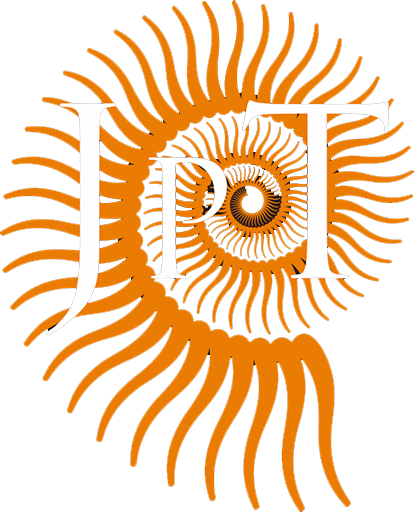JPT No. 5 – Preparation techniques applied to a stegosaurian dinosaur from Portugal
Ricardo Araújo1,2, Octávio Mateus1,2, Aart Walen3 and Nicolai Christiansen1,3
1- Museu da Lourinhã, Rua João Luís de Moura, 2530-157 Lourinhã. ricardo_araujo@museulourinha.org ; omateus@museulourinha.org
2- CICEGe, Faculdade de Ciências e Tecnologia, Universidade Nova de Lisboa, , 2829-516 Caparica, Portugal.
3- Creatures and Features, Rijndijk 17, NL-6686 MN, Doornenburg, Netherlands. cxfaartwalen@gmail.com ; cxfnac@gmail.com
ABSTRACT
General vertebrate paleontological techniques that have been used in the Museum of Lourinhã (Portugal) are presented here, in particular those applied to a stegosaurian dinosaur skeleton, Miragaia longicollum. A monolith jacket technique using polyurethane foam and plaster is presented. Mechanical preparation techniques combining the use of an electric grinder and airscribes proved effective during the initial phases of preparation on well-preserved bone embedded in hard matrix. We also present a technique to mould monoliths in the early stages of preparation, creating a thin silicone rubber mould in several contiguous parts. To mould and cast monoliths before removing individual bones has proven valuable for the preservation of taphonomic data and for display purposes. Polyurethane resin combined with plaster is useful for small casts, while polyester resin applied in four layers is the preferred technique for larger casts. The four layers are composed of: a first thin layer of polyester resin with bone colour; followed by another layer of polyester resin of sediment colour and containing glass microspheres to make it thicker. The third layer is composed of fibre glass chopped strands, and the fourth is composed of fibre glass mats embedded in plain polyester resin. 3D scanning and digitization techniques where tested for the storage of osteological information of individual bones and proved very promising.
INTRODUCTION
This paper describes the excavation, preparation, moulding, casting, and 3D scanning of a Late Jurassic dinosaur from Lourinhã, Portugal. This area is rich in dinosaurs and other vertebrates (see Antunes and Mateus 2003, Mateus 2006, and references therein). Fossil collecting and preparation in Museum of Lourinhã commenced in 1984 when the first specimens of crocodiles and dinosaurs were collected. Initially, the equipment was rudimentary little more than chisel and hammer was used. Out of curiosity, the first electric (air)scribe was acquired in 1998. The increasing number of fossils collected also brought awareness of the vital importance of preparation in the paleontological collections. The first full time preparator – Dennis Roessler – was then hired in 2001. The subsequent work was then developed by Nicolai Christiansen, Ricardo Araújo, Rui Lino and Alexandra Tomás, in consultation with Aart Walen and Museum research scientists.
Currently, Museum of Lourinhã has a modern laboratory making use of techniques designed on the basis of other preparation laboratories and adapted to our own conditions (fig. 1). “The preparation techniques applied in the Museum of Lourinhã are presented here using, as a study case, the entire process of preparation of the stegosaurian dinosaur specimen ML433 (fig. 2). This specimen was discovered in 2001 by Rui Soares, who initially discovered an exposed osteoderm (fig. 2) and formally described as a new taxon: Miragaia longicollum (Mateus et al. 2009).
